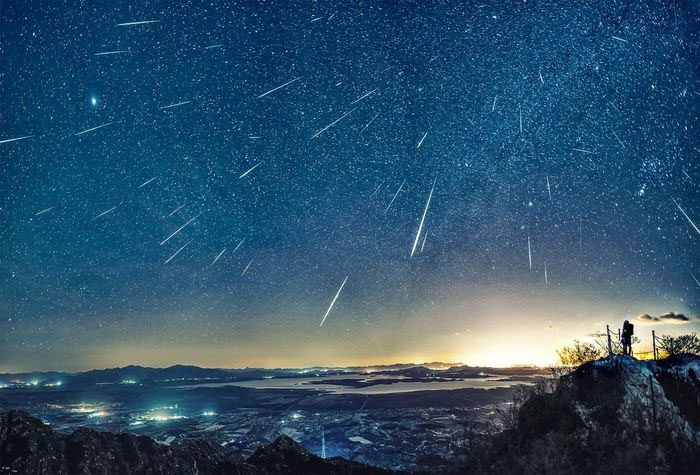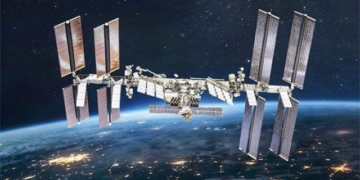Alongside the Geminids meteor shower that occurs every December, the Perseids meteor shower is one of the two most anticipated meteor showers of the year.
Taking place from July 17 to August 24 each year, this meteor shower peaks on the night of August 12 into the early morning of August 13, with a frequency of up to 60 meteors per hour, promising many long, bright meteors.

The Perseids meteor shower is also known as the meteor shower of the Princess.
This year, the peak period to observe the Perseids meteor shower is from August 11 to August 13. Observers can start seeing meteors as early as 9 PM in the Northern Hemisphere or midnight in the Southern Hemisphere when viewing from dark areas with minimal urban light interference. The peak time for the Perseids meteor shower this year coincides with the crescent moon at the beginning of the lunar month, creating ideal conditions for meteor observation.
Observers can look towards the constellation of Perseus or anywhere in the sky. The best time for viewing is after midnight. Choose dark observation spots with little artificial light and low air pollution. Be sure to check the weather forecast if you plan to observe the meteor shower.
Originating from the debris of the Swift-Tuttle comet discovered in 1862, the Perseids meteor shower is also known as the meteor shower of the Princess, linked to the Perseus constellation, where many bright meteor streaks appear.
The comet 109P/Swift-Tuttle was discovered independently by astronomers Lewis Swift and Horace Tuttle in 1862. It has a nucleus that is 26 km wide, which is twice the size of the space rock that caused the dinosaur extinction event 66 million years ago. The Swift-Tuttle comet takes 133 years to orbit the sun. The last time it was in our solar system was in 1992, and it won’t return until 2125.
After this meteor shower, around October 21-22, astronomy enthusiasts will have a chance to witness the Orionids meteor shower. However, this meteor shower is average, with a frequency of only about 20 meteors per hour. The next opportunity for stargazers to enjoy another spectacular meteor shower will be on December 13-14, when the Geminids meteor shower occurs.




















































